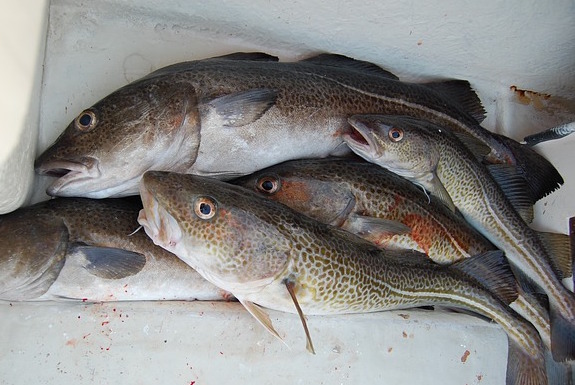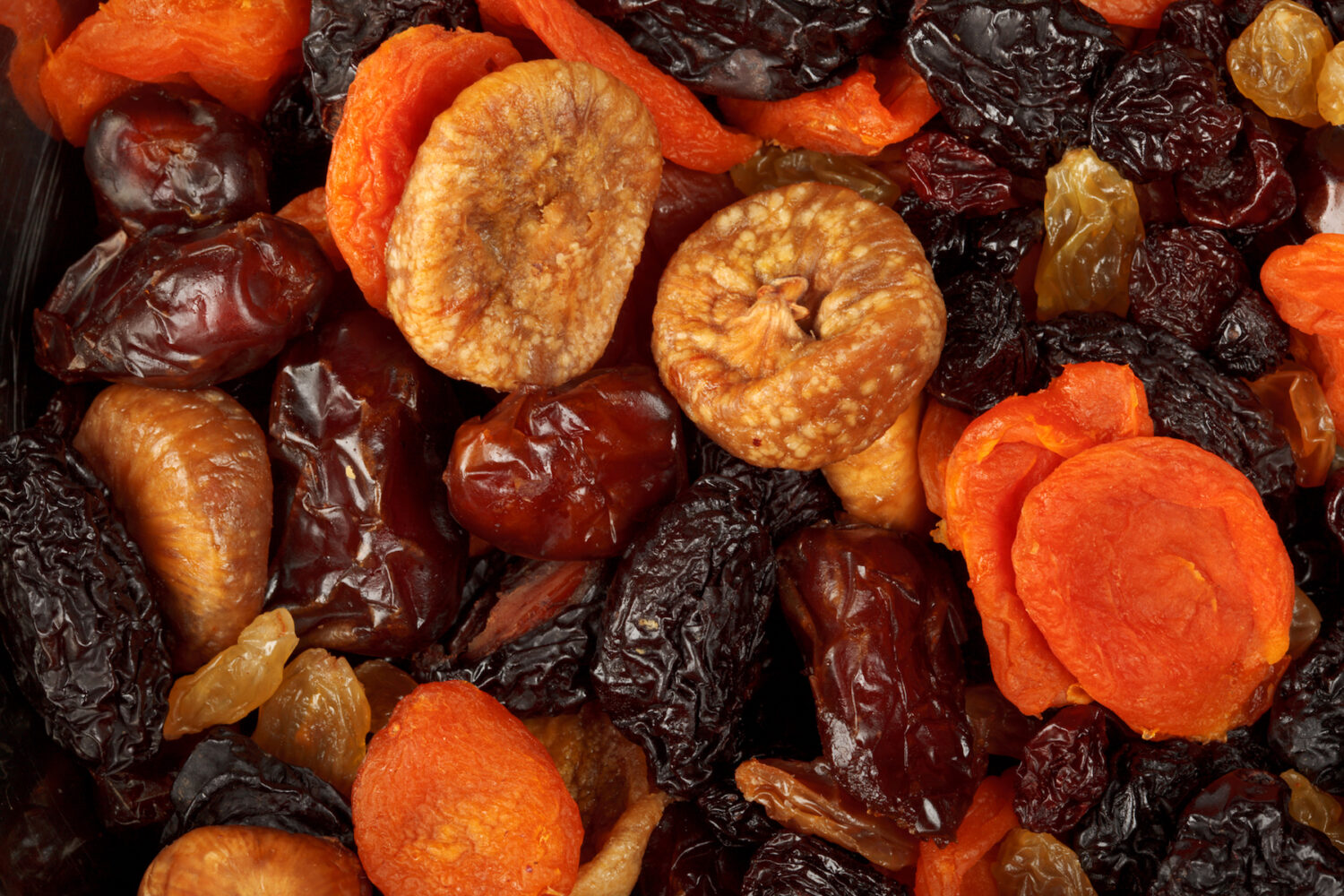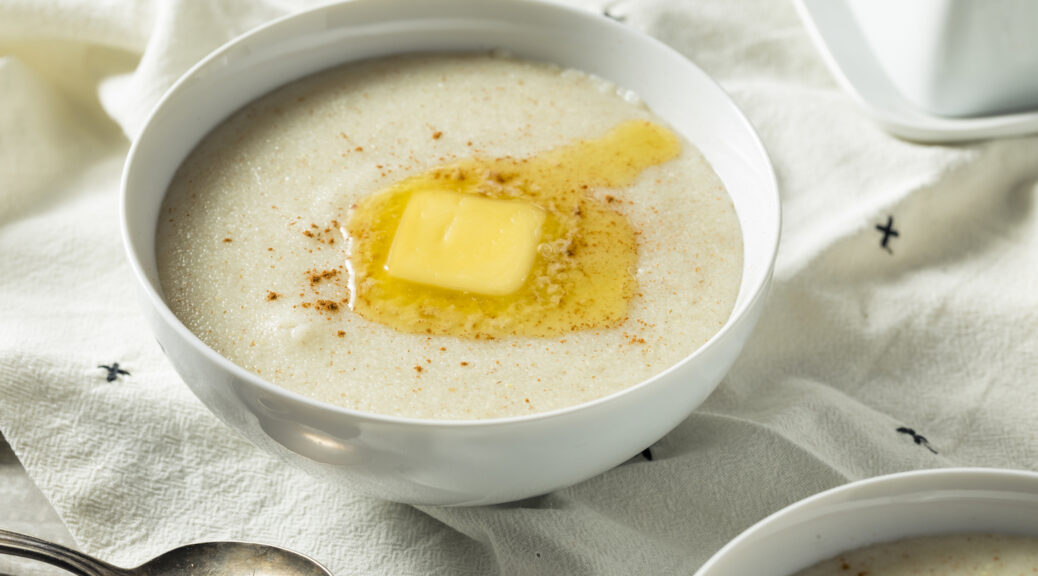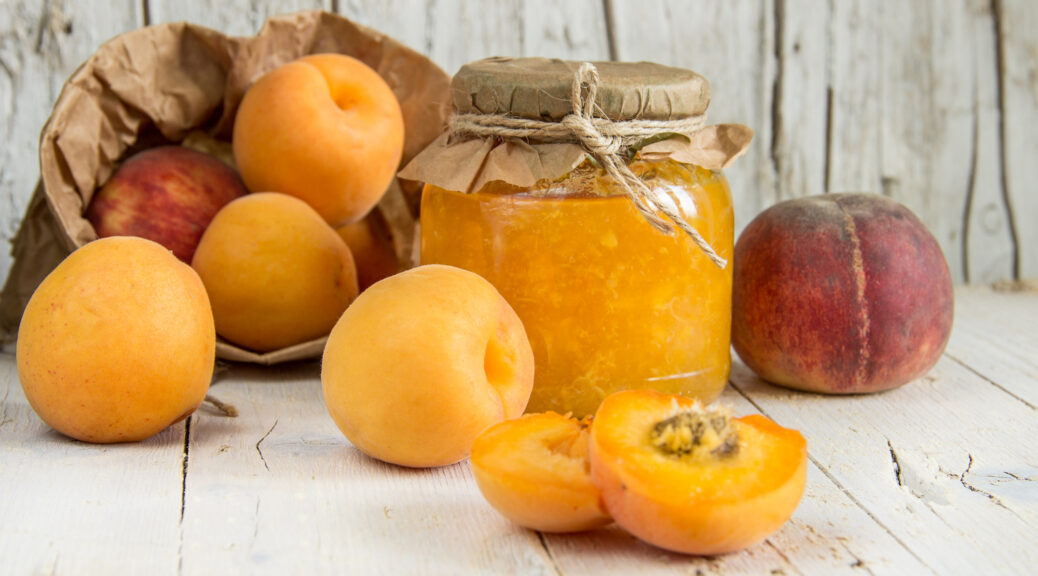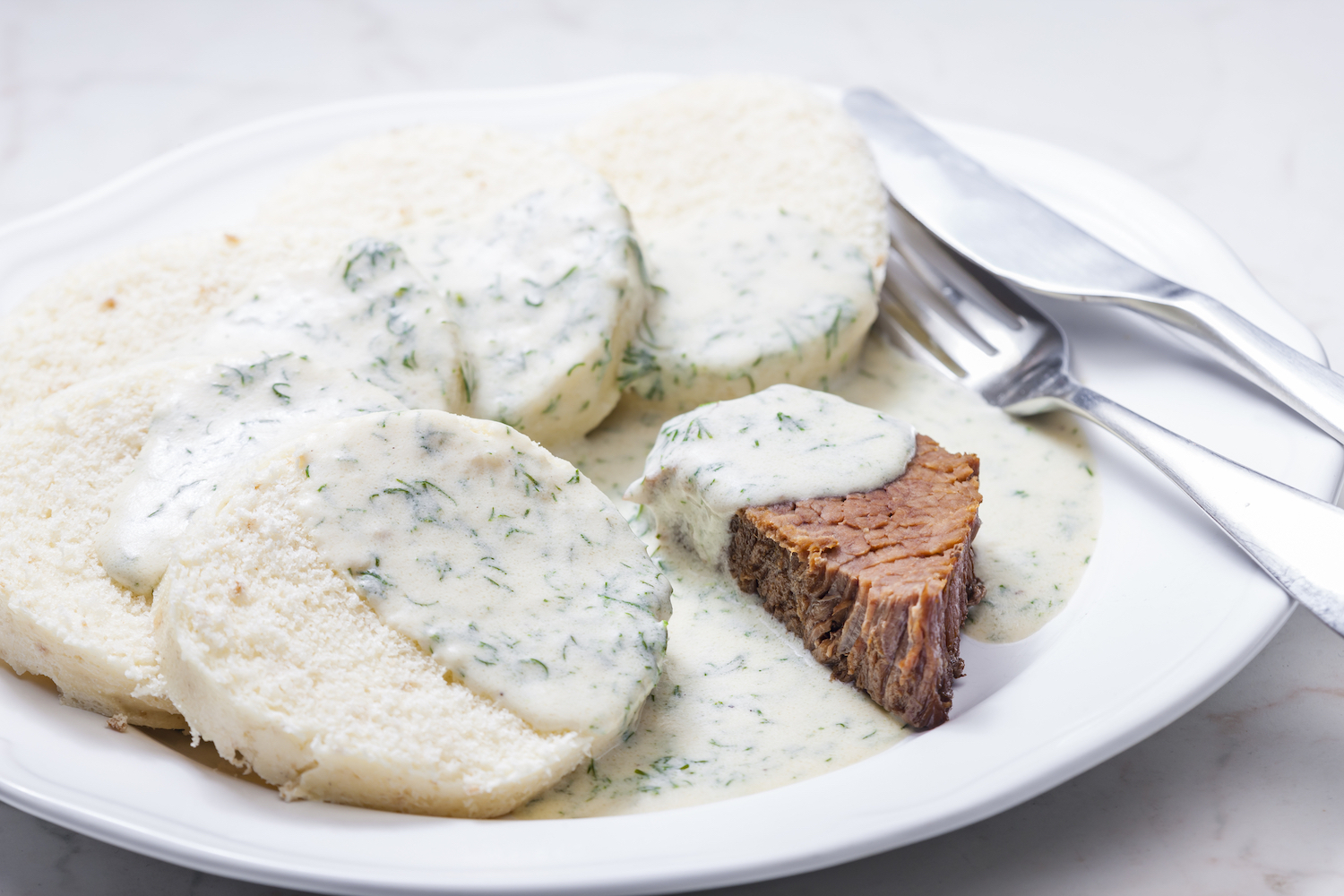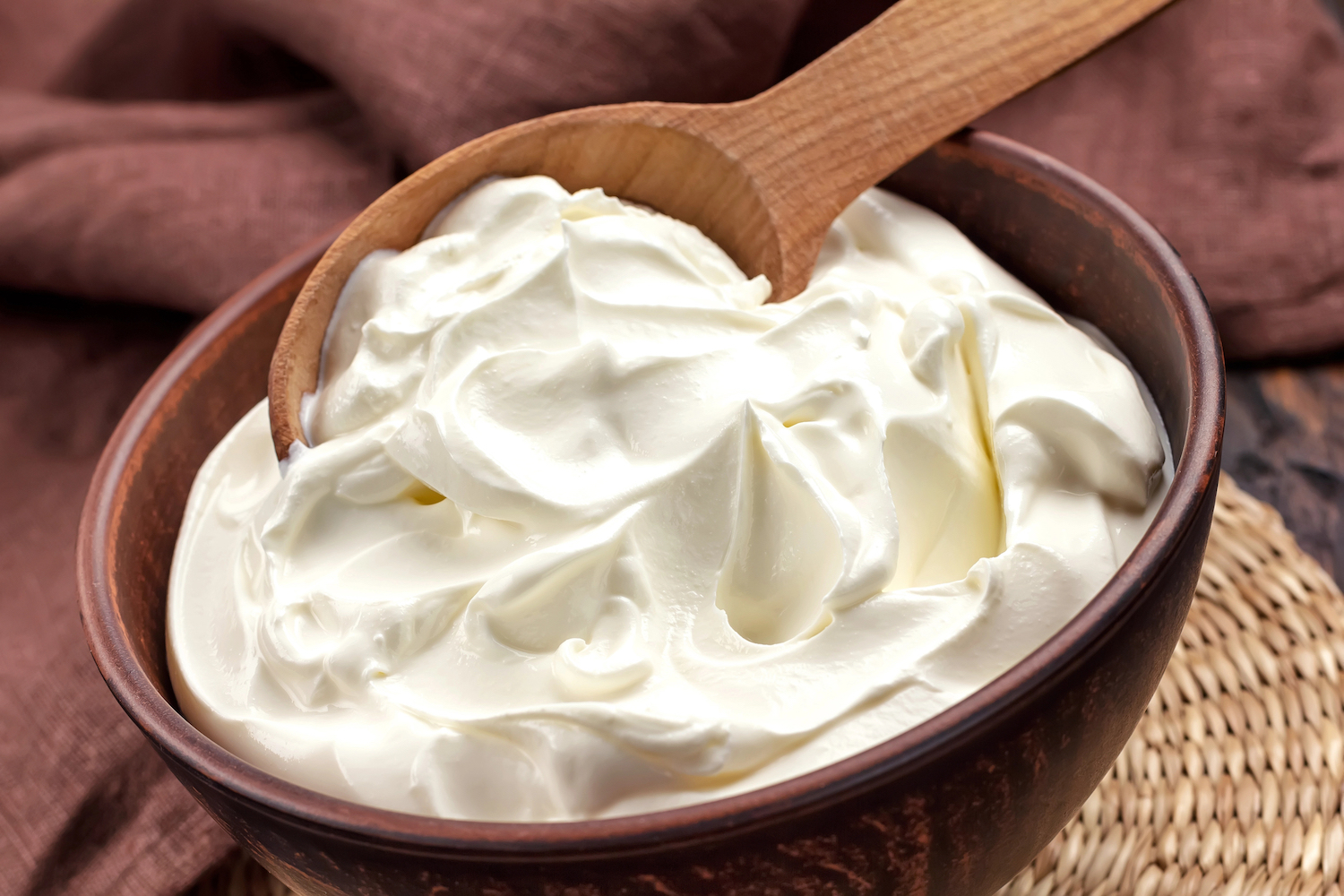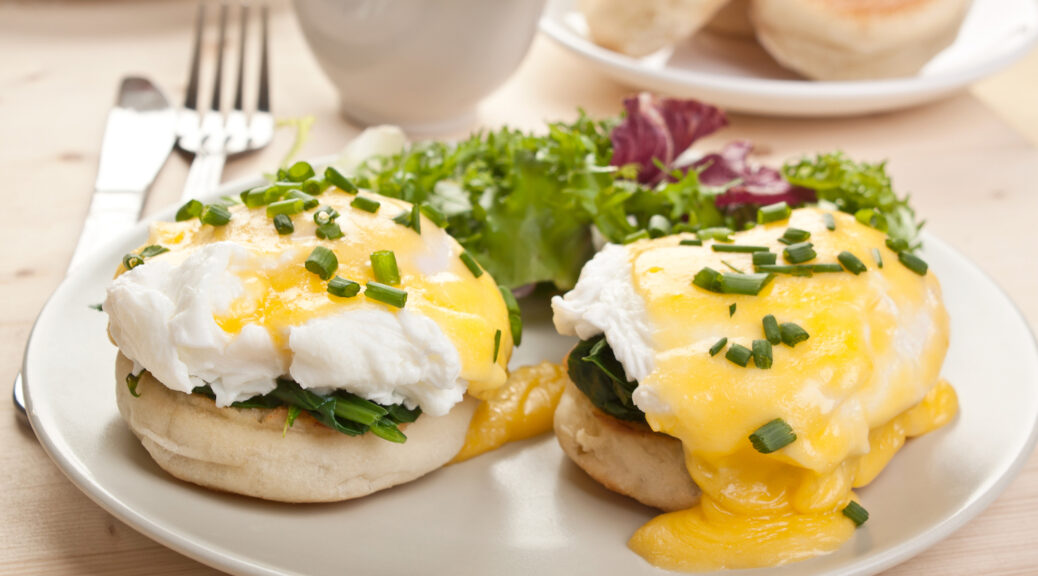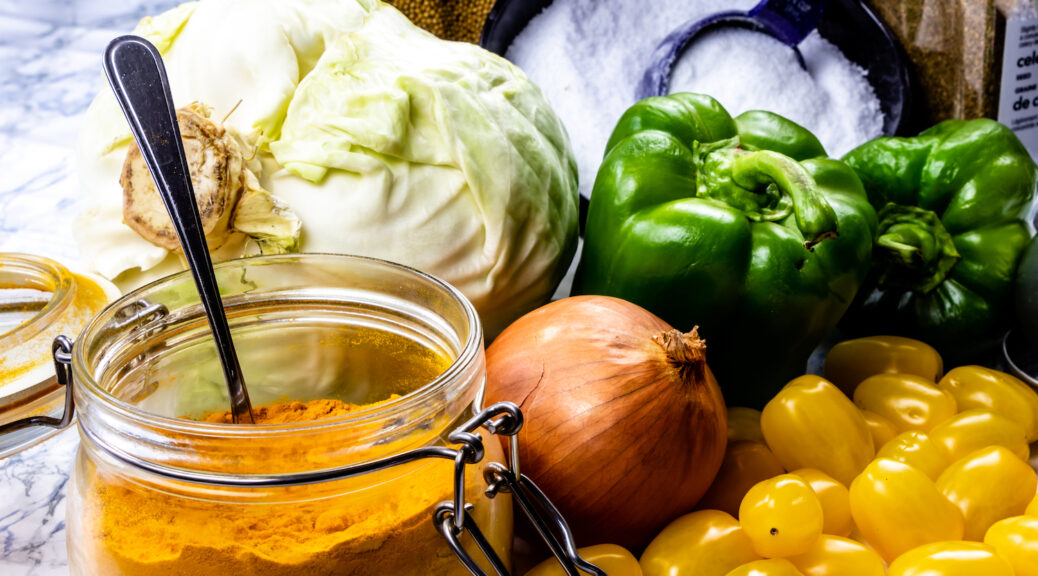Cooking Codfish Heads, Tongues, and Sounds
I’ve seen a whole fish for sale in grocery stores, but not just the fish’s head. I never heard of a fish sound and didn’t even know they had tongues. The things I learn from reading old cookbooks! The Sound is the swim bladder of many of the bony fishes. Fish that have a skeleton made of cartilage instead of bone don’t have bladders. Fish Tongues are almost always attached to the bottom of the mouth, so they don’t protrude….
